The Pyramids 101
The Pyramids are on almost everyone’s travel bucket list, and, with tourist numbers low after the Revolution and Cairo still relatively safe, now is an excellent time to experience them.
But… which pyramids?
There are, you see, over 100 pyramids in Egypt. The majority of them were built around four and a half thousand years ago, around the pharaonic city of Memphis, close to Cairo.
And this lot are, I think, the pick of the bunch.
THE FAMOUS PYRAMIDS
The pyramids of Giza – the ones with the Sphinx — are the last surviving wonder of the original Ancient Wonders of the World, and the pyramids that everyone thinks of when you say “The Pyramids…”.
And seeing them appear, in a blur of desert behind a band of palm trees, right out of the grey smog of suburban Cairo, is a travel “wow!” moment that, for me at least, surpasses even Uluru and the Great Wall of China.
The Great Pyramid was built by Khufu (Cheops to the Greeks), who allegedly prostituted his daughter to raise the funds. Crafted from 2,300,000 blocks of stone, each weighing a ton or more, it rises almost 500 feet above the desert, positioned with gobsmacking precision. This was the highest building on earth for over four millennia – until the Eiffel Tower was built, in fact.
And, from the inside, the Great Pyramid is even more impressive. You climb the side of the pyramid, then descend a narrow, strip-lit shaft, passing an ominous trap and a passage to a hidden chamber, before ascending through a soaring gallery, its masonry as crisp and clean as the day it was built, and finally to Khufu’s sarcophagus, lonely and empty in its burial chamber.
You will be sharing the space with other tourists, regardless of the time of year, but it is still a moment to live for.
Now, there are two other major pyramids at Giza. The first, built by Khufu’s son Khafra, is respectfully slightly shorter than his father’s, but cunningly positioned so that it actually looks bigger. To add insult to injury, he crafted the monolithic Sphinx, complete with a causeway leading down to it from his pyramid, to utterly steal his father’s thunder. (Did I mention Khafra was the second son?)
Khafra’s successor Menkaura built another large pyramid, while there are smaller pyramids for various queens. You’ll also find a few tombs of contemporary dignitaries, the remains of temple complexes where rituals celebrated the deceased, and an excellent little museum housing Khufu’s enormous cedar and acacia boat, miraculously preserved by the desert sands for 4600 years.
The hassle at Giza is intense, but the Sphinx, the pyramids and, for that matter, the boat, really do make up for it.
PRACTICALITIES: A metered (white) taxi to Giza from downtown Cairo costs LE25-40 ($4-6) depending on the time of day. Entrance fees are LE60 (LE30), with a further LE50 (LE25) for the museum and a hefty LE100 (LE50) to enter the Great Pyramid – tickets for this are limited to 300 per day, split between morning and afternoon sessions. Queues open at 7am when the pyramids are busy but we had no problem picking ours up an hour before the 1pm slot.
YOUR OWN PRIVATE PYRAMIDS
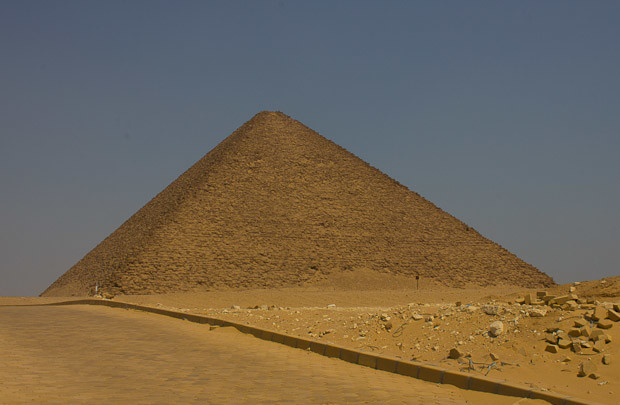
This enormous, epic pyramid is hard, at first sight, to distinguish from the Great Pyramid. But it was built by Khufu’s father, Sneferu, after his first attempt, the Bent Pyramid, went, well, a little bit Pete Tong.
And if you don’t want to pay $15 to climb into the Great Pyramid with plenty of other folk, the Red Pyramid at Dahshur is for you.
Scrambling up and into the Red Pyramid is free of both charge and hassle, and, arguably, even more atmospheric than entering the Great Pyramid: we had it completely to ourselves.
Tight corridors lead down into the bowels of the pyramid, then up again into three wondrously vaulted rooms, with an authentic Indiana Jones stench one can only describe as “bad air”. The chamber where Sneferu was, most likely, buried, has a collapsed floor, which, even with subtle strip lighting, adds to the Indy feel.
And Sneferu’s first attempt, the Bent Pyramid is fascinating, not only for its shape – the foundations could not support the original design, so the builders had to change the incline partway through – but because it still has much of the smooth limestone casing that originally covered all the later pyramids.
The Mayan pyramids were built to be climbed; the Egyptian ones, though an equally potent symbol of state power, were originally step-free. At the Bent Pyramid, despite millennia of pollution, you get a real feel for how bright, smooth and shining they must have looked, rising like skyscrapers out of the desolate expanse of desert.
During our entire time at Dahshur, we met one camel guy, who said hello but didn’t even offer us a camel, and one tourist policeman, and saw a handful of other tourists in the distance. Wonderful.
PRACTICALITIES: Dahshur tickets cost LE30 (LE15). It costs LE150 to hire a taxi for the day, the only practical way to get here, or you can negotiate a there-and-back fare. Bring snacks and water as there is nothing for sale at the site: in fact, this would be a splendid place for a picnic.
THE TOMB RAIDER PYRAMIDS
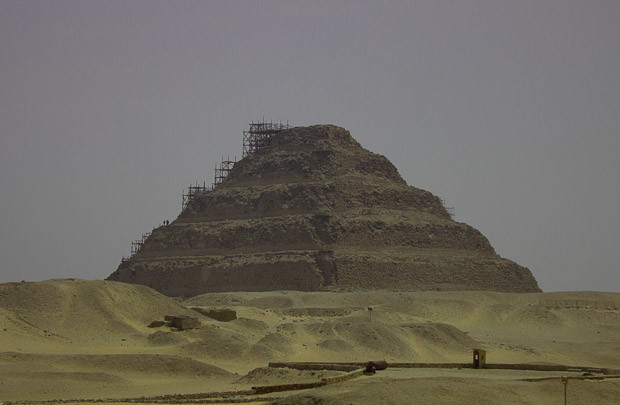
Now, with the scaffolding around it, the Step Pyramid does not look all that impressive. But it is the oldest all-stone structure in the world, the world’s first pyramid, and the hub of Sakkara, the largest archaeological site in Egypt.
It was Imhotep, the Leonardo Da Vinci of Ancient Egypt, a polymath so talented that the Egyptians deified him and the Greeks considered him an incarnation of the medicine god Asclepius, who designed the Step Pyramid, for an early pharaoh known most commonly as Zoser or Djoser. You can learn more about him in the wonderful museum on site.
What really makes this pyramid special, though, is that much of the complex where rituals were performed both during and after the pharaoh’s lifetime has survived and been reconstructed.
Entering the vast retaining wall, processing through an imposing colonnade and experiencing the vast, sunlit courtyard gives you a real sense of the power of the pharaoh’s rituals over four thousand years ago.
You can’t enter Zoser’s Step Pyramid, which is currently undergoing some rather lackadaisical restoration work, but for maximum Tomb Raider value descend into the bowels of the earth below the rubble of the ruined pyramid of Pepi, and work your way through to the chamber, complete with starlit skies and magic texts, where his sarcophagus lies.
Now, there are many other pyramids at Sakkara, most of them reduced to rubble mounds and their interiors closed to visitors, but the site is not, primarily, about the pyramids. There are edifices dating from the Ptolemies, Cleopatra’s dynasty, who ruled Egypt after Alexander the Great conquered it, but the standout for most are the extraordinary selection of tombs.
A few of the standout elements at Sakkara are closed, among them the Serapeum, the bizarre labyrinth that housed the deified mummies of sacred bulls. But the interiors of the tombs really do make up for it, the colours on many wonderful carvings still fresh and bright, although over 4000 years old.
If you’re a geek like me, you can spend many happy hours wandering the site, poking your nose into tombs and saying helpful things like, “Oooh! They’re hunting hippos! Ooh! He’s having a manicure! What do you think they’re doing to that ox?”
Should you just see one tomb, though, make it the Tomb of Ty, a court official whose grandiose titles include Overseer of the Palace Hairdressers. It comes complete with elaborate temple, wonderful, colourful reliefs, and statues of the man himself, designed to enclose his soul for ritual purposes.
PRACTICALITIES: Sakkara is best accessed by taxi, on a day hire rate of LE150, your taxi driver can also take you around the 5-mile-long site, cutting down on some of the walking involved, though it is possible to get here using public transport. Entrance tickets cost LE60 (LE30), with a further LE30 (LE15) for the “new” tombs.
THE “CLOSED” PYRAMIDS
Since the Revolution, the pyramids of Abusir (Abu Sir) have been firmly closed: there is a military base in front of them. You can bribe your way into the site, but you won’t get close to the pyramids themselves.
TO TOUR, OR NOT TO TOUR?
I loathe group tours, which tend to cover too much, too fast: also, on a large group tour, you are unlikely to enter a pyramid, which is a must-do. On the other hand, being in a group does reduce the hassle factor and cut down on transport costs.
Unless you have the budget for a private tour with an Egyptologist, I would invest in a Blue Guide to Egypt if you’re a geek, or a Lonely Planet Egypt and one of the Sakkara guides sold at Sakkara for LE20 if you’re not, and do the sites by taxi in chronological order.
Spend a day at Sakkara, and a day at Dahshur and Giza, perhaps with a quick stop in Memphis to say you’ve been: spend a few hours at the amazing Cairo Museum before you go.
If you only have a day? Hit Dahshur in the morning, before it gets too hot, and spend the rest of the day at the Cairo Museum.

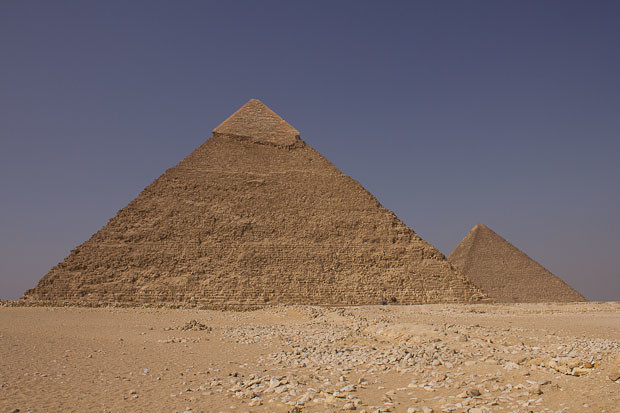
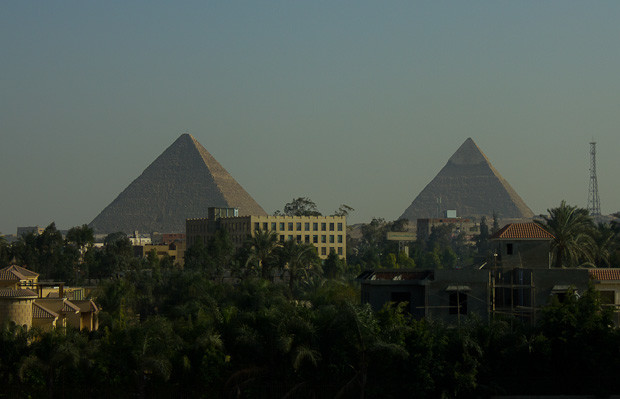
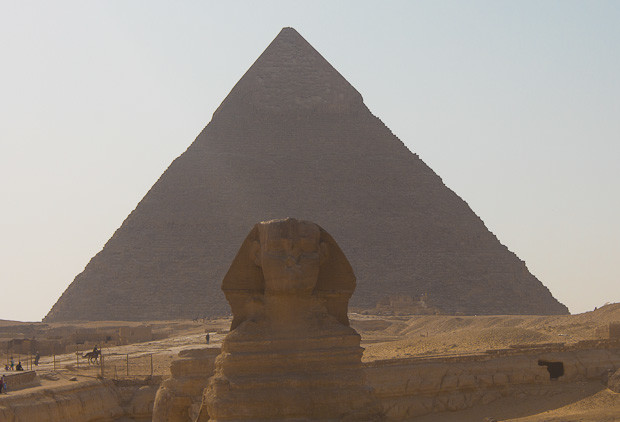
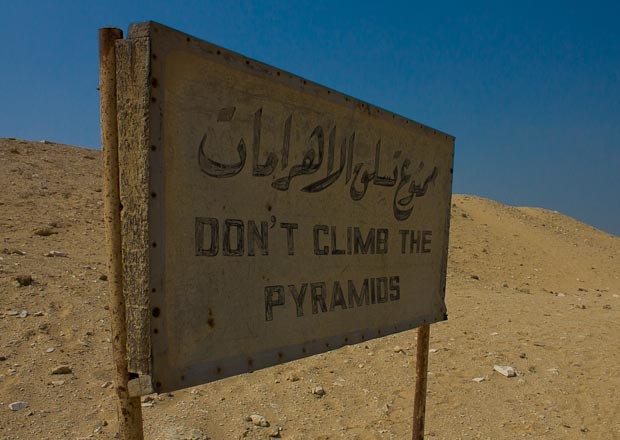
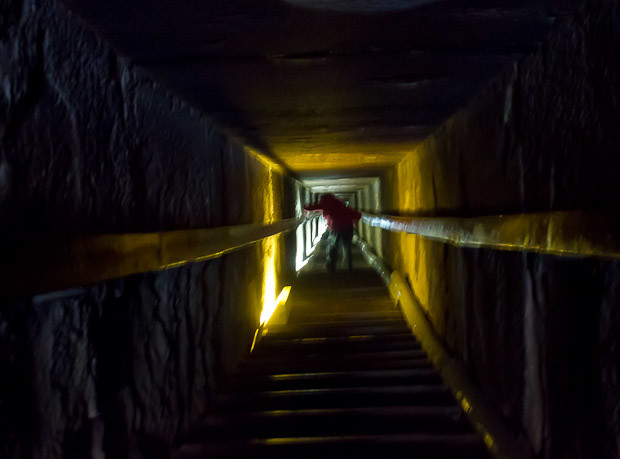
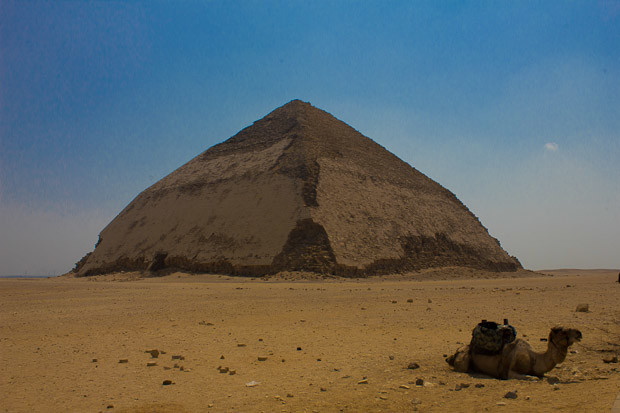
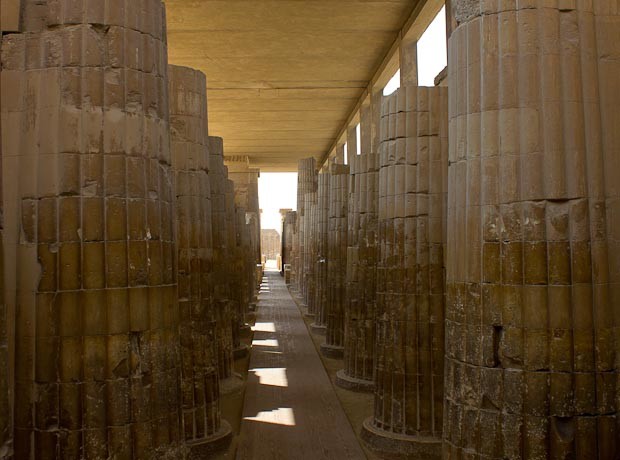
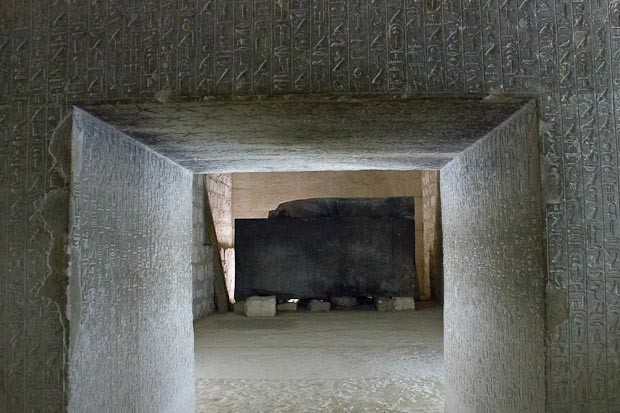
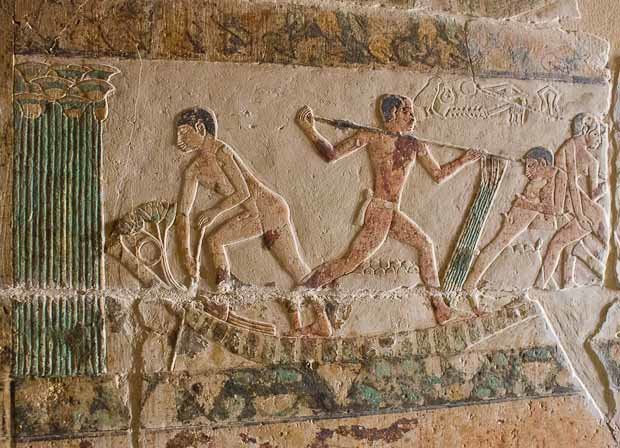
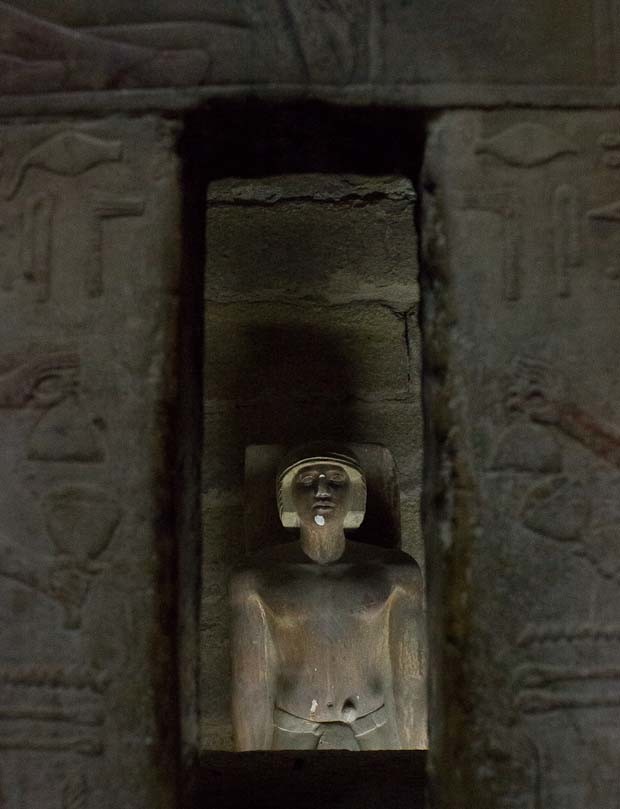
Great article with wonderful tips! Thanks!
Thanks, Talon. You’ll love my Cairo Survival Guide, coming soon (I hope), once I’ve worked out how to survive Cairo 😉
Great information about the pyramids and a wonderful resource for anyone wanting to learn more about them. Love the photos!
Based on the sign I am curious what idiot has actually tried to climb them? 🙂
Well, they’re quite inviting if you’re a kid *coughs* *blushes*, particularly if you cut your pyramid teeth on Tikal etc., all of which are climbable.
And, as you have to climb some steps/scaffolding to reach the entrance to the pyramids that you can climb inside, there is a temptation to climb to the top.
This is a really awesome post! So much information. And those Egyptians really took the biscuit when it came to doing crazy things.. our leaders couldn’t hold a candle to this sort of thing. Imagine building something today that isn’t topped in height for four thousand years! Slavery eh…
Apparently, it wasn’t slaves but corvée labour — so rural peasants, taken off the land during the period when the Nile floods made it unworkable. And they ate both meat and fish, even though they slept on the floor, so working conditions weren’t too bad: there’s graffiti recording competition between work groups (and, yes, I can feel the Stalinist gulag in that picture too). The more I read about Ancient Egypt, the more fascinated I am. Although I can’t get The Ten Commandments out of my head…
Nice post! I went to Egypt on a family trip when I was 14, and I’m quite curious to see the pyramids again someday now that I’m older and better traveled.
That and manage Cairo on my own, as it was one of those group tour trips back in the day. Tho to be fair to the teacher who organized it we did go out to some middle of nowhere sites where group tours usually don’t go…
Ha! I’m still managing Cairo on my own, and whinging about it constantly — although it does have its charms as a city, which I will write about when I’m through the venting phase, honest!
We’re also going upriver to the temples and tombs of the later kingdoms, which should be interesting. I think, on some levels, some of the Mayan pyramids are more rewarding — notably Tikal — because they are the centre of formal cities rather than funerary complexes, and have more sculpture. BUT.. the sheer age, and Wonder factor, and scale of the Egyptian pyramids, does knock you back.
Great information. I will use it when I make it to the “pyramids”. I don’t like tours either so this is a nice do-it yourself guide.
Thank you, Suzy. I want to add more resource type stuff to this site, and I wrote this because I found it initially quite hard to figure out which pyramids were which, and why you’d want to see them (despite reading various books on the different ones, plus a guidebook): so I’m really glad it’s helpful to you.
Very informative post! Egypt can be somewhat overwhelming given all the pyramids, temples and tombs dotted all over the country, so it helps to have a rundown of the must-sees 🙂
lovely pyramids that my dream to see and wanna excite very much..
Yes, very detailed informative post. But I was wondering, did anyone say when the scaffolding would be taken off the step pyramid?